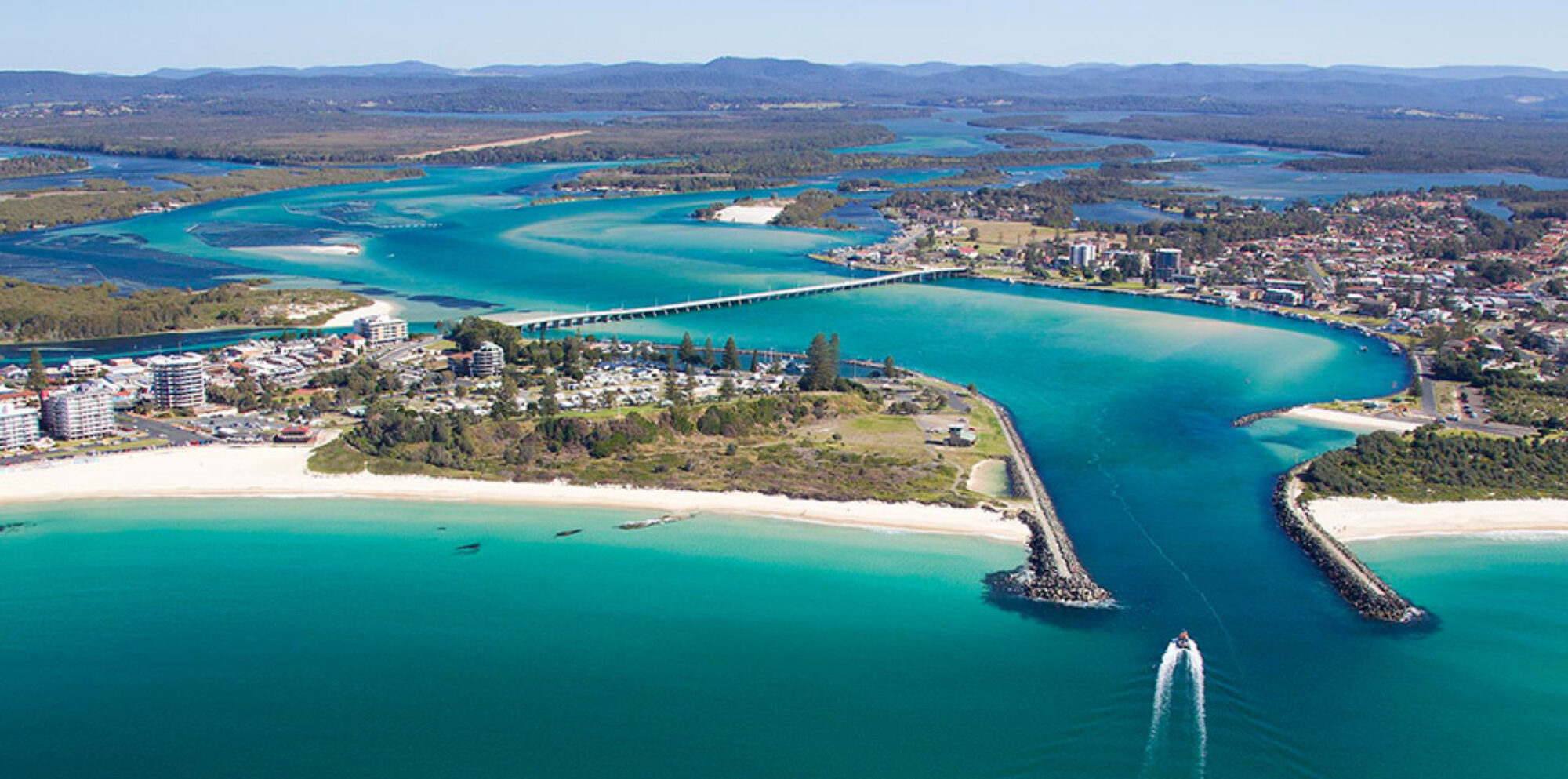In the last 10 years there has been a huge increase in the variety of different types of maps available to make the challenge of planning a route much easier.
Traditional paper maps such as topographic maps should still be an important part of the process, as they allow for group members to work together. They can also be taken on the hike and are not reliant on technology to work, which can fail. For inexperienced hikers, the skills learnt in calculating distances, examining elevations etc are all extremely important to gain a better understanding and ‘feel’ for the environment they are planning to enter. For a more detailed look at how to measure distances on a topographic map, watch the video below.
Topographic maps can also be found online. The NSW Government has provided free access to online topographic maps which can be downloaded and printed for individual use. These provide some of the benefits of viewing the maps but do not have the practicalities of being able to measure unless they are printed. Click here to access these maps.
Other online maps can also be utilised in the planning process. Commercial applications such as Map My Walk are very useful in calculating distances, although they may lack the detail needed in the less populated areas we may like to visit. They can also provide detailed information about elevation using GPS technology.
Google maps and Google Earth are excellent for providing satellite imagery to give excellent visuals of the area. Depending on the level of isolation, details such as tracks may be difficult to see, especially if there is much bushland obscuring views.
It is important to use a variety of information sources to best plan a route. Utilising traditional mapping skills with new technologies will provide the best detail and ensure the most information can be gained to ensure a safe experience.
